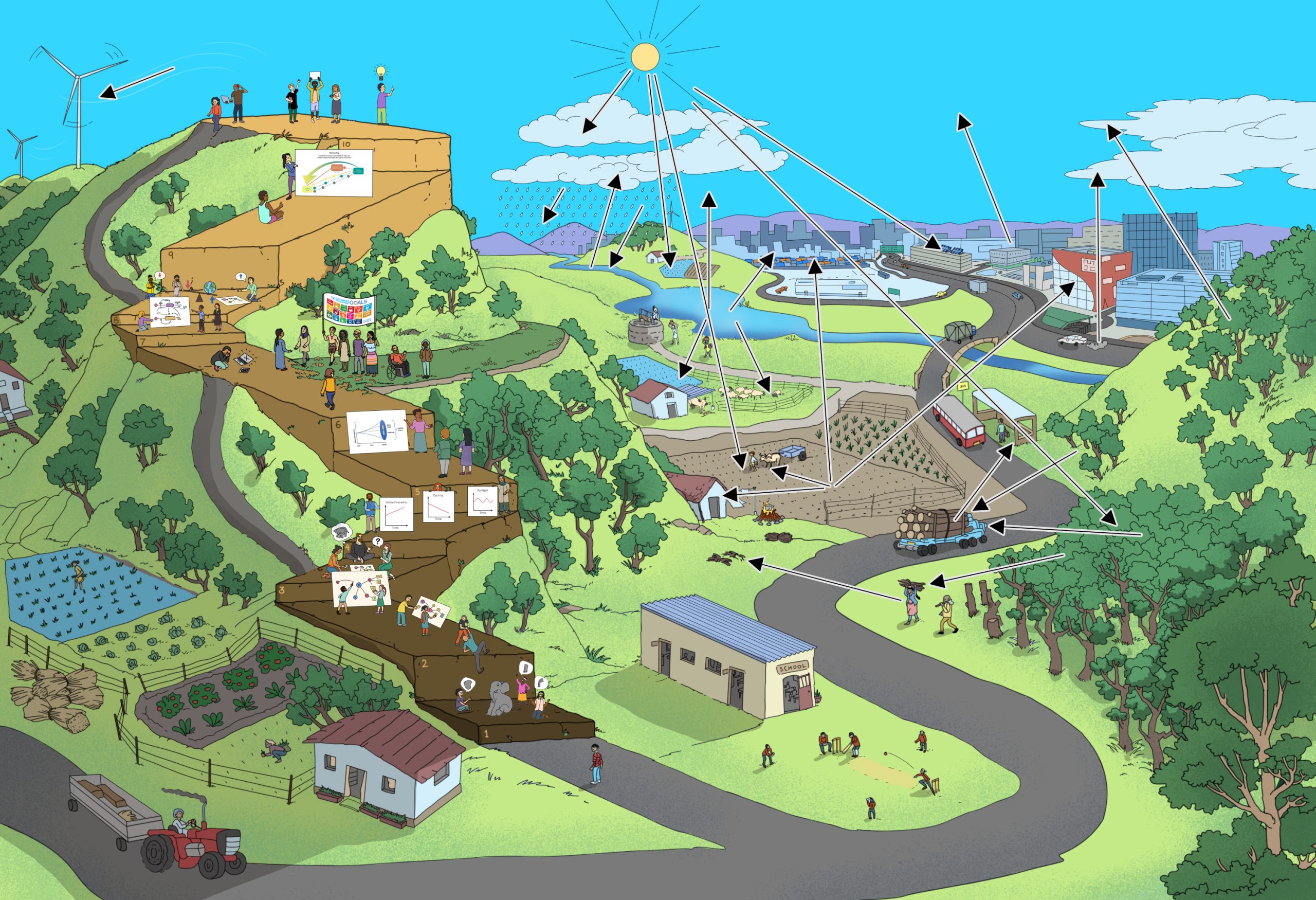Structured Description
Suitable for Steps 1, 3, 4, 6 and 10
Duration
Up to 30 minutes
Material Needed
Writing materials
Group size
Pairs (preferred) or individual
Objective
To strengthen the ability to describe a given situation or item or medium (print, video, image, label), in a detailed and structured manner.
Description
With the detailed description of an everyday item like a packet of chips or a pair of jeans, learners will strengthen their specific competence. They will also extend their knowledge – for example, about ingredients or material – and achieve insights, which may lead to further questions.
Learners may start their structured description by first mentioning the source or author of the information, its medium, and the topic, situation, place, and year of publishing. In the second step, the main elements of the information should be described.
To avoid associative descriptions, learners should separate the fore-, middle- and background information, such as in the different parts of a picture. For example: standing in the playground of a school, you may see children engaged in play, with the school building behind them, and in the background, you see a hilly landscape.
Contribution to Systems Thinking competence
A structured and detailed description presents the perception of the learner about a given situation or material. In this sense, a well-done description will be the base of the subsequent differentiated analysis and assessment.
Example
A first verbal example, done jointly with the whole group could be simply “look out of the window of the classroom and describe what you see”. Later, you can ask the learners to describe the first central item by which they begin their systems work, such as a pair of jeans or a packet of potato chips.
Extension/variation
See Back-to-Back Sitting or Telephone Call as supporting methods for training learners to develop structured descriptions.

